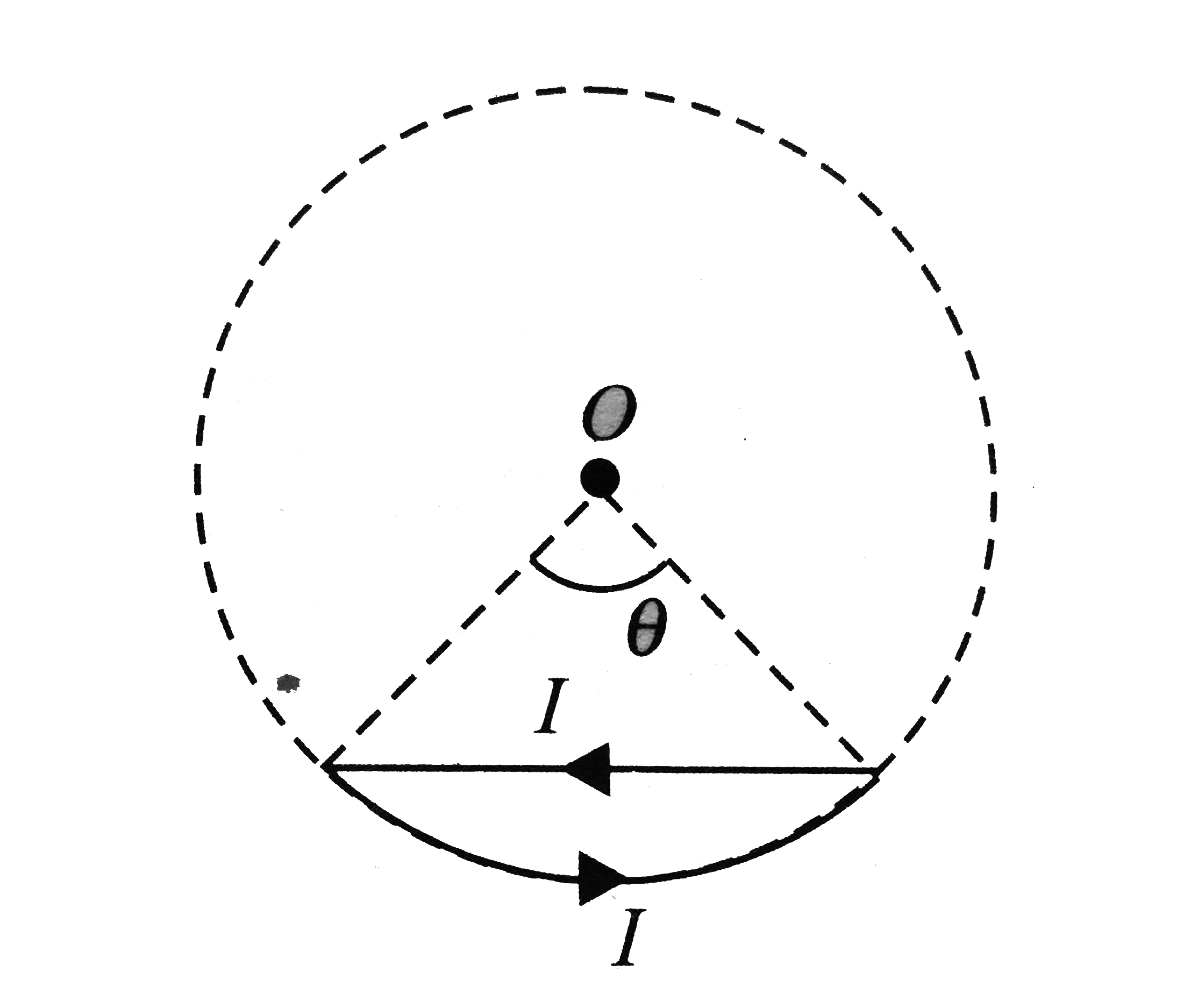In a circle of radius r, chords of length aandbcm subtend angles θand3θ , respectively, at the center. Show that r=a√a3a−bcm
To solve the problem, we need to show that in a circle of radius r, chords of lengths a and b subtend angles θ and 3θ respectively at the center. We will derive the relationship r=a√a3a−b.
Step 1: Use the Cosine Rule in Triangle OAB
In triangle OAB, where O is the center of the circle, we can apply the cosine rule. The cosine rule states that for any triangle with sides a,b,c opposite to angles A,B,C respectively:
c2=a2+b2−2abcos(C)
Here, let OA=r, OB=r, and AB=a. The angle AOB=θ.
Applying the cosine rule:
a2=r2+r2−2r2cos(θ)
This simplifies to:
a2=2r2(1−cos(θ))
Step 2: Express 1−cos(θ)
We can express 1−cos(θ) using the identity:
1−cos(θ)=2sin2(θ2)
Substituting this into our equation gives:
a2=2r2⋅2sin2(θ2)
Thus, we have:
a2=4r2sin2(θ2)
Step 3: Solve for r
Rearranging the equation for r:
r2=a24sin2(θ2)
Taking the square root:
r=a2sin(θ2)
Step 4: Apply the Cosine Rule for Chord BC
Now, we apply the cosine rule for chord BC, which subtends an angle of 3θ:
Using the same approach:
b2=r2+r2−2r2cos(3θ)
This simplifies to:
b2=2r2(1−cos(3θ))
Step 5: Express 1−cos(3θ)
Using the identity for cosine of triple angles:
cos(3θ)=4cos3(θ)−3cos(θ)
Thus:
1−cos(3θ)=1−(4cos3(θ)−3cos(θ))=4cos3(θ)−3cos(θ)+1
Step 6: Substitute and Rearrange
Substituting this into the equation for b2:
b2=2r2(4cos3(θ)−3cos(θ)+1)
Step 7: Relate the Two Equations
We now have two expressions for r2:
1. From chord a:
r2=a24sin2(θ2)
2. From chord b:
r2=b22(4cos3(θ)−3cos(θ)+1)
Setting these equal gives us a relationship between a, b, and r.
Final Step: Solve for r
After manipulating the equations and substituting appropriately, we arrive at:
r=a√a3a−b
In triangle OAB, where O is the center of the circle, we can apply the cosine rule. The cosine rule states that for any triangle with sides a,b,c opposite to angles A,B,C respectively:
We can express 1−cos(θ) using the identity:
Rearranging the equation for r:
Now, we apply the cosine rule for chord BC, which subtends an angle of 3θ:
Using the identity for cosine of triple angles:
Substituting this into the equation for b2:
We now have two expressions for r2:
r2=a24sin2(θ2)
r2=b22(4cos3(θ)−3cos(θ)+1)
After manipulating the equations and substituting appropriately, we arrive at:
Topper's Solved these Questions
Similar Questions
Two parallel chords are drawn on the same side of the centre of a circle of radius R. It is found that they subtend and angle of θ and 2θ at the centre of the circle. The perpendicular distance between the chords is
View SolutionIf arcs of same length in two circles subtend angles of 600and750 at their centers, find the ratios of their radii.
View SolutionIf arcs of same length in two circles subtend angles of 600and750 at their centers, find the ratios of their radii.
View SolutionA circle of radius r cm has a diameter of length
View SolutionLet PQ and RS be two parallel chords of a given circle of radius 6 cm, lying on the same side of the center. If the chords subtends angles of 72∘and 144∘ at the center and the distance between the chords is d, then d2 is equal to
View SolutionFigure. Shows a small loop carrying a current I. The curved portion is an arc of a circle of radius R and the straight portion is a chord to the same circle subtending an angle θ. The magnetic induction at centor O is

View SolutionThe locus of the mid-points of the chords of the circle of lines radiùs r which subtend an angle π4 at any point on the circumference of the circle is a concentric circle with radius equal to (a) r2 (b) 2r3 (c) r√2 (d) r√3
View SolutionTwo equal circles of radius r intersect such that each passes through the centre of the other. The length of the common chord of the circles is √r (b) √2 r AB (c) √3 r (d) √32 r
View SolutionIn a circle of radius 5 cm, AB and AC are two chords such that AB=AC=6cm. Find the length of the chord BC.
View SolutionIf a chord AB of a circle subtends an angle θ(≠π/3) at a point C on the circumference such that the triangle ABC has maximum area , then
View Solution
